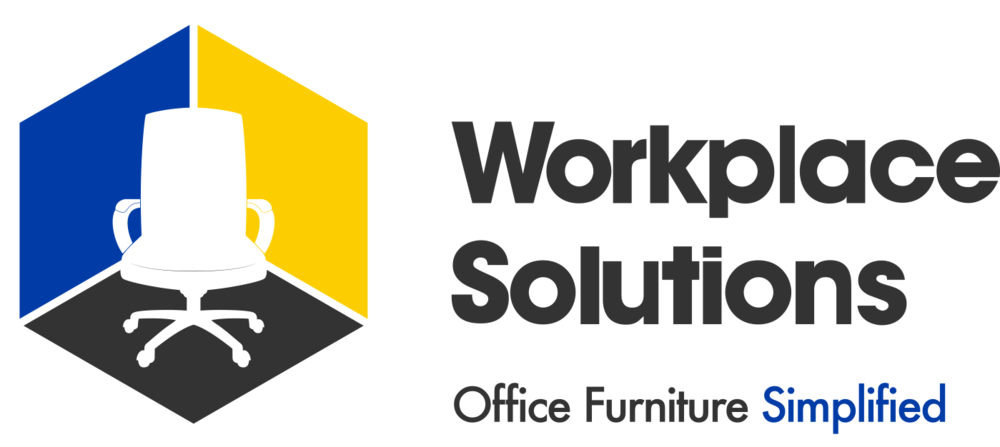In today's fast-paced business world, companies are constantly seeking innovative ways to optimize their workplaces for maximum productivity and collaboration. One approach that has gained significant traction in recent years is the adoption of open office layouts. Let's dive into the statistics and numbers behind the impact of open office layouts on organizations.
Driving Collaboration and Communication
According to a survey conducted by Gallup, organizations with open office layouts report a 33% increase in collaboration among employees. The removal of physical barriers facilitates spontaneous interactions and idea-sharing, fostering a culture of teamwork and innovation. Additionally, a study by Oxford Economics found that 55% of employees believe that open office layouts improve communication within their teams.
Enhancing Productivity
Data from a study published in the Journal of Environmental Psychology suggests that open office layouts can lead to a 15% increase in productivity. The ease of access to colleagues and resources enables employees to work more efficiently and effectively. Furthermore, a report by the International Facility Management Association (IFMA) indicates that companies can achieve up to a 10% boost in productivity by transitioning to open-office designs.
Promoting Employee Engagement
Research by Harvard Business Review reveals that open office layouts contribute to a 20% increase in employee engagement levels. The sense of visibility and transparency in open spaces fosters a feeling of belonging and connectedness among team members. Moreover, a survey by Gensler found that 75% of employees prefer working in open office environments, citing improved collaboration and social interaction as key drivers of satisfaction.
Optimizing Space Utilization
From a financial standpoint, open office layouts offer significant cost savings for organizations. A report by CoreNet Global indicates that companies can reduce real estate expenses by up to 30% through the implementation of open office designs. With a more efficient use of space and fewer dedicated offices or cubicles, companies can accommodate a higher number of employees within the same footprint, resulting in substantial cost reductions.
Addressing Challenges
While open office layouts offer numerous benefits, they also present challenges that organizations must address. According to a survey by Steelcase, 42% of employees cite noise and distractions as the primary downside of open office environments. To mitigate these issues, companies can invest in sound-absorbing materials, designated quiet areas, or flexible workstations to provide employees with options for focused work when needed.
In conclusion, the data underscores the positive impact of open office layouts on collaboration, productivity, employee engagement, and cost savings. By leveraging the principles of openness and accessibility, organizations can create dynamic work environments that empower their teams to thrive and innovate. However, it is essential to recognize and address potential challenges to ensure that open office layouts are implemented successfully and sustainably. With the right strategies in place, companies can unlock the full potential of their workforce and drive success in the modern workplace.

